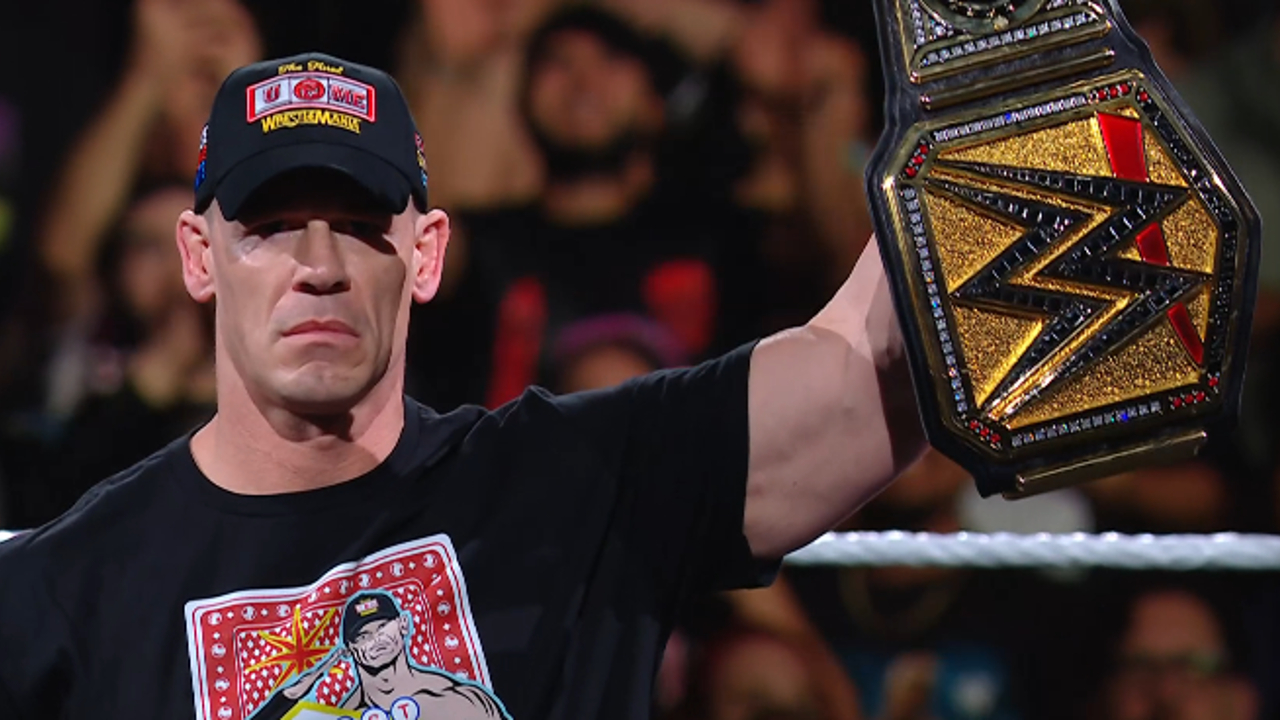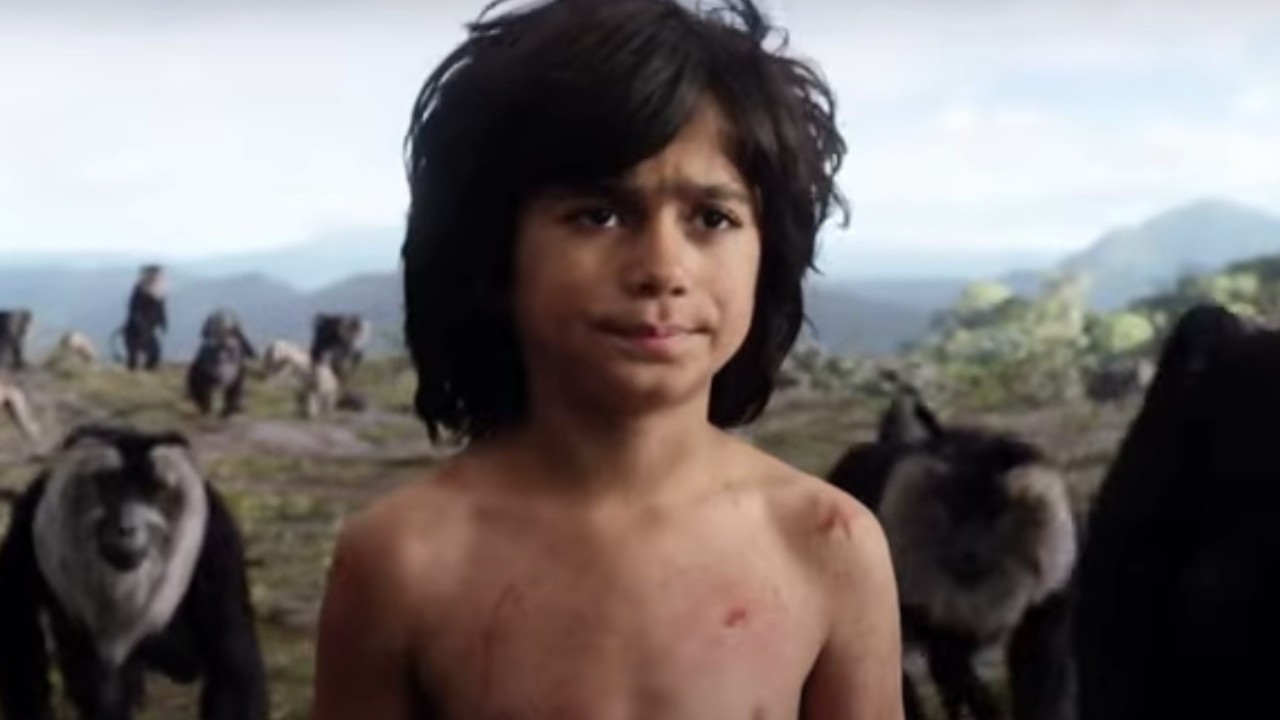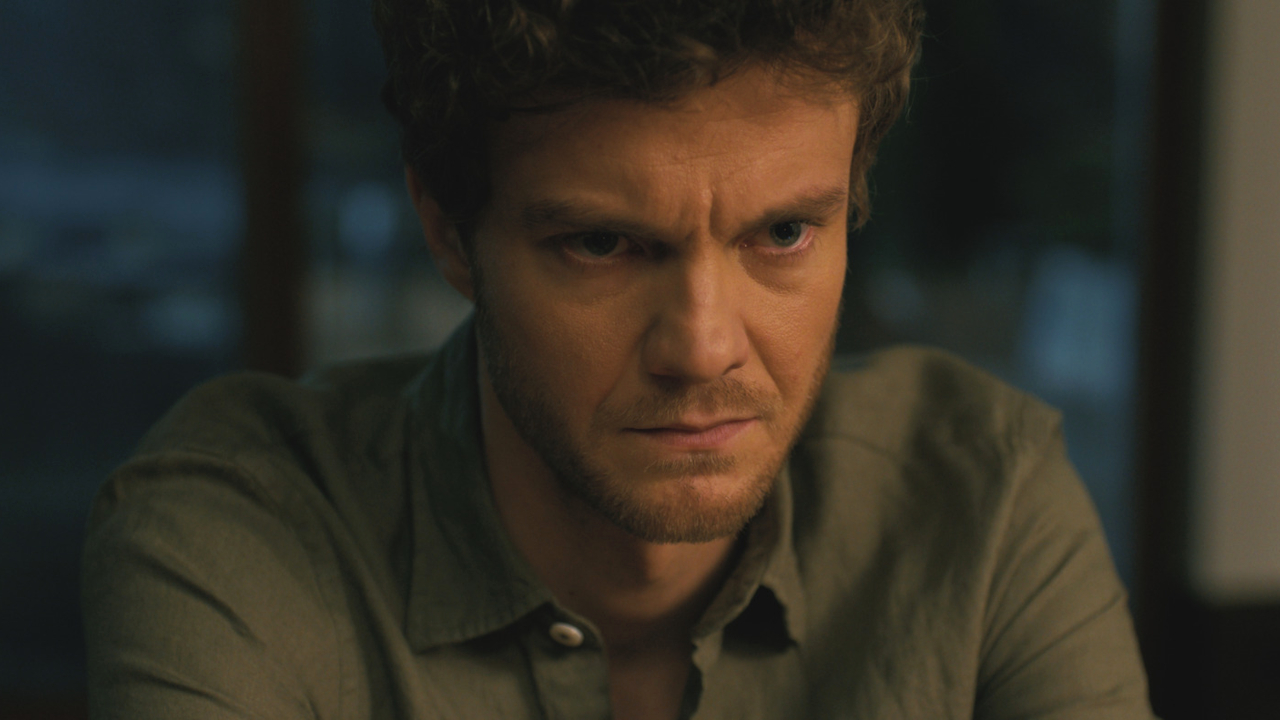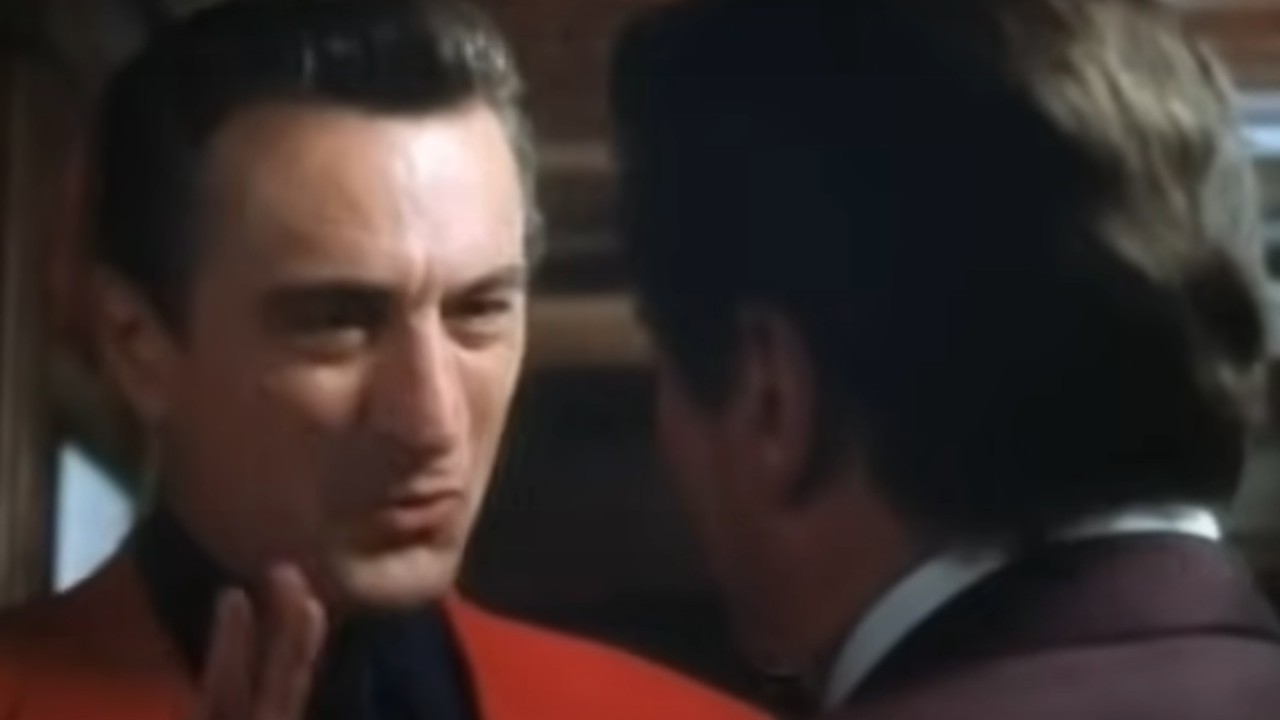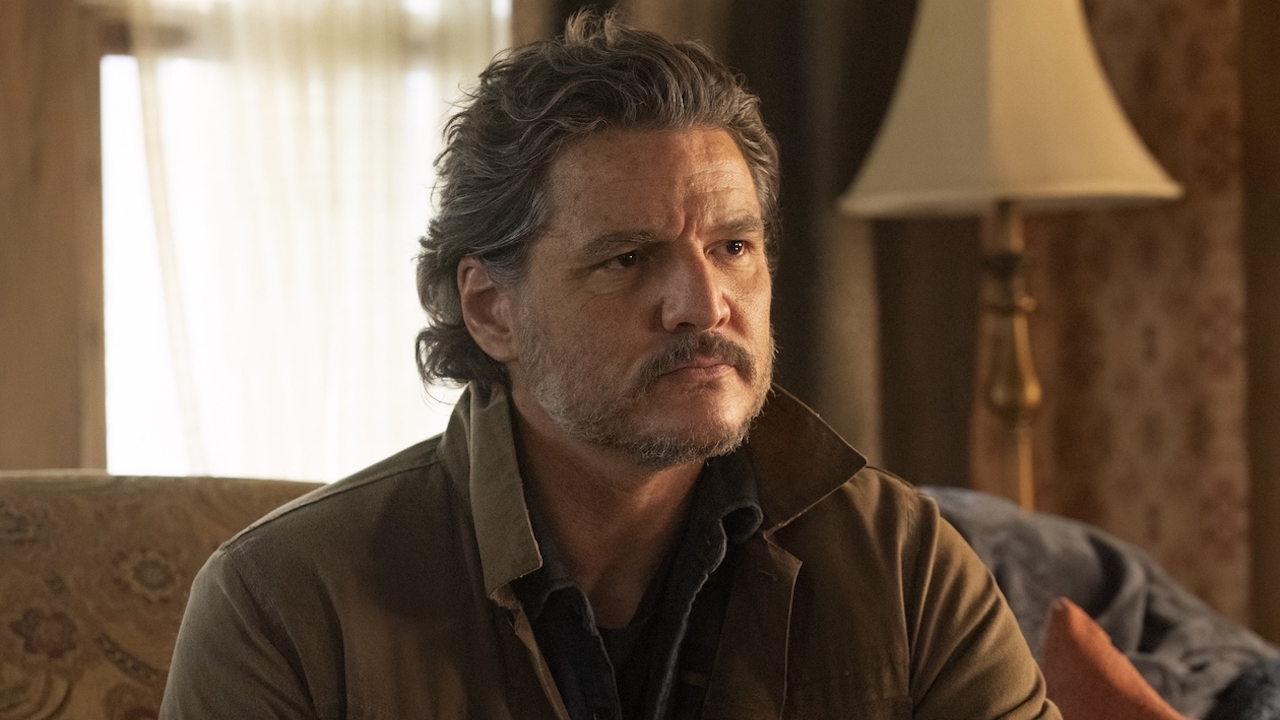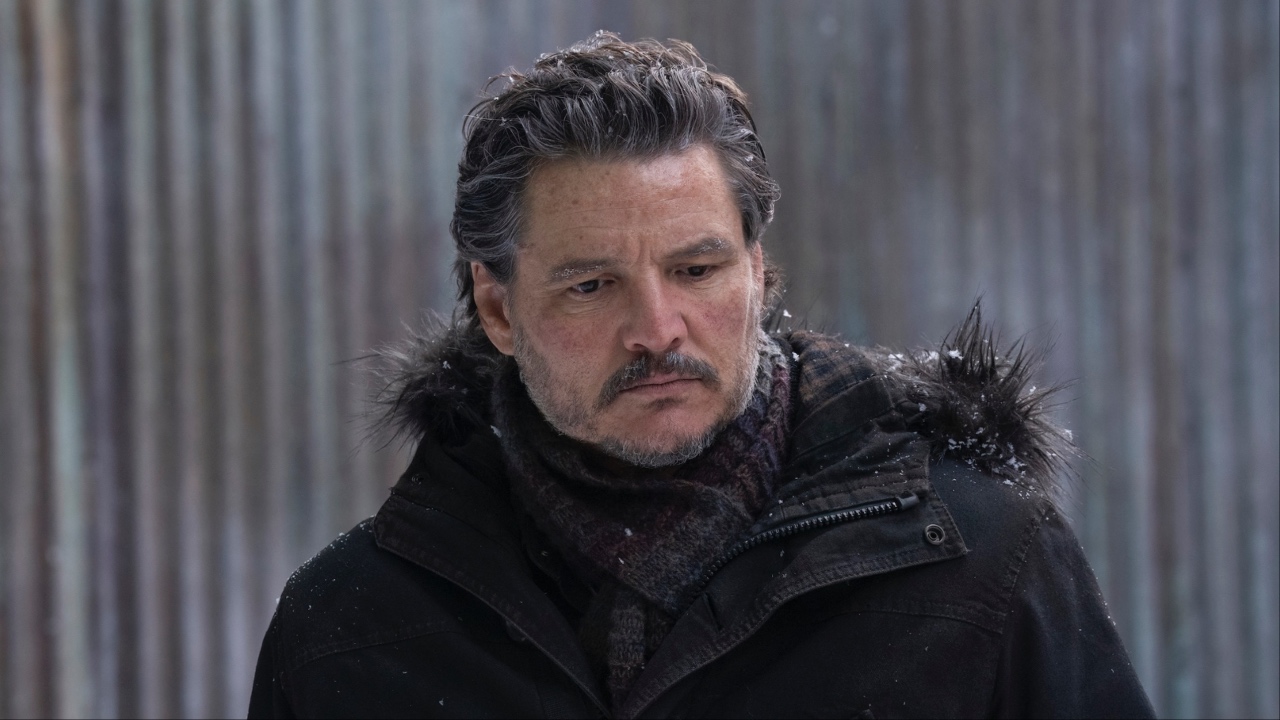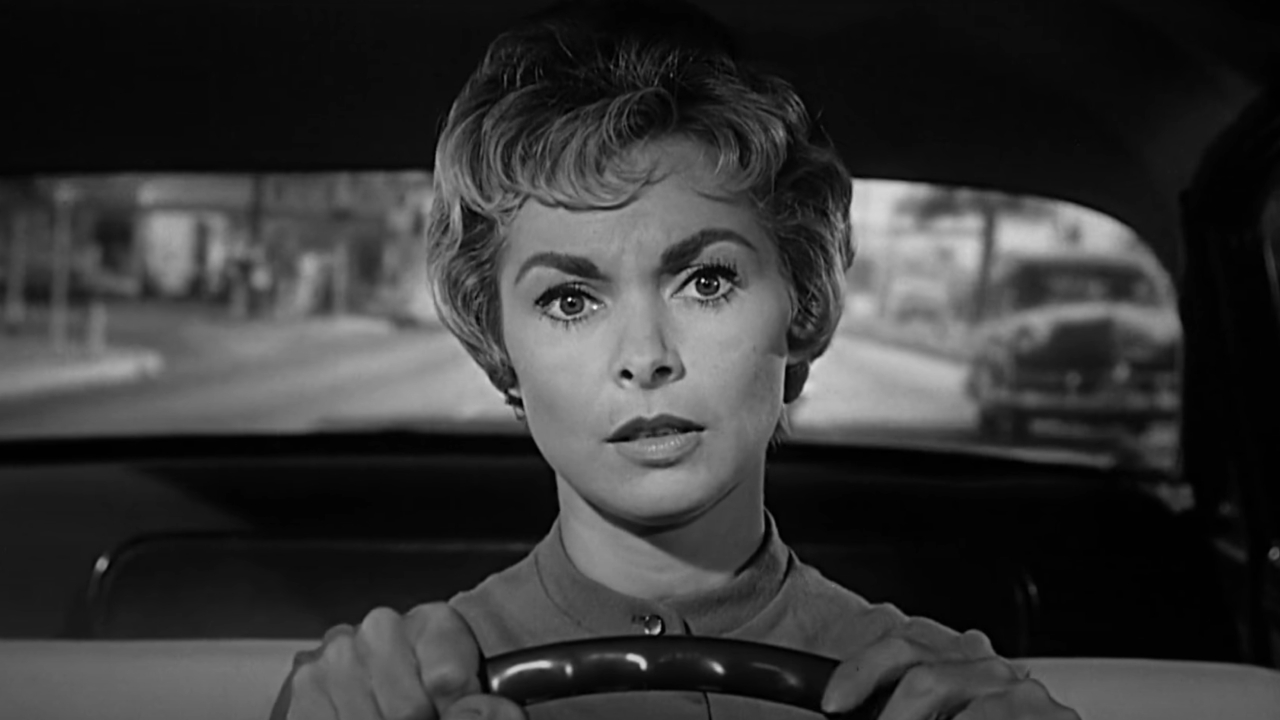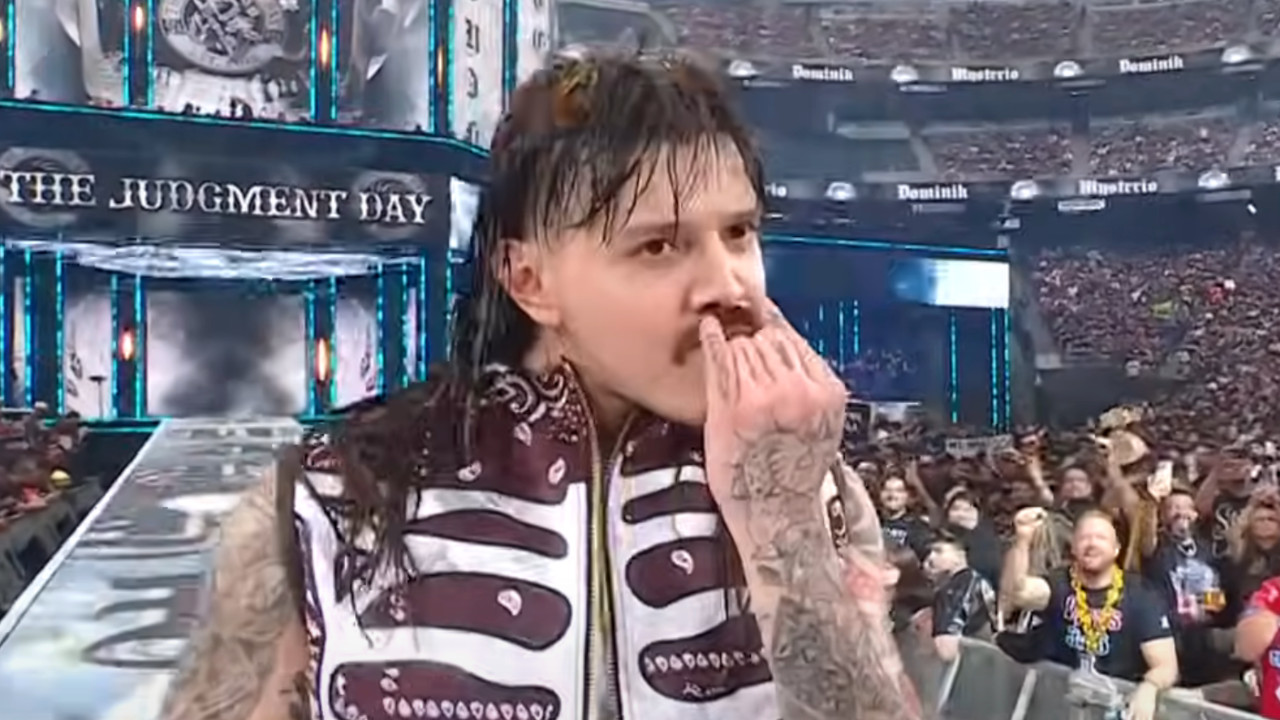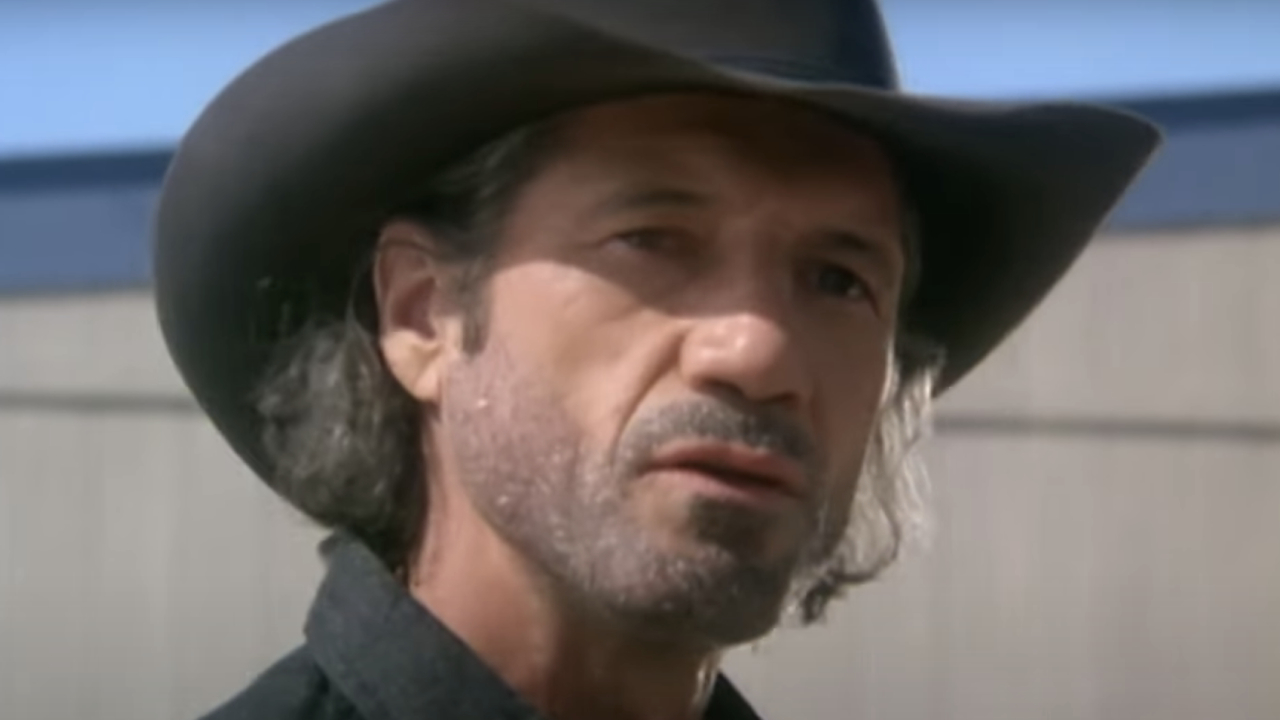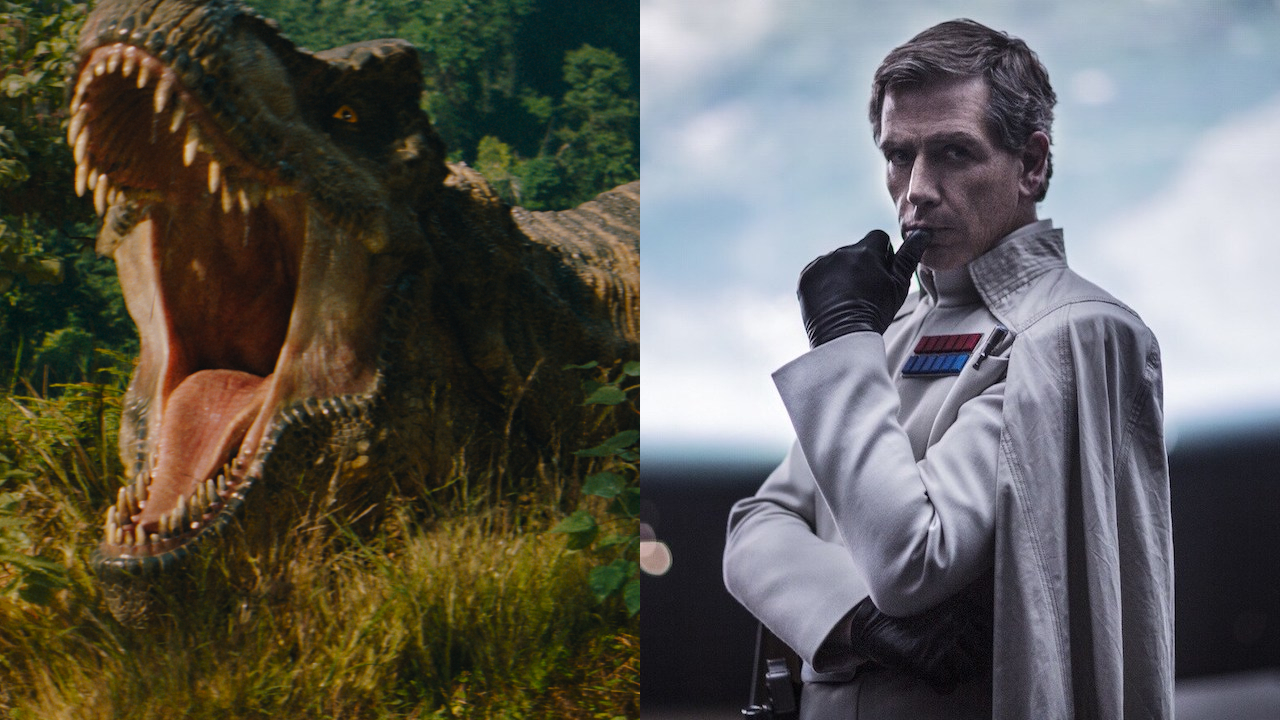I Enjoyed Netflix's Tomb Raider Series, But It Makes One Big Creative Choice I Don't Agree With
Netflix's new Tomb Raider animated series is good, but it might not be quite as accessible to all audiences.
The following contains minor spoilers for Netflix’s Tomb Raider: The Legend of Lara Croft.
While I don’t play as many video games as I once did, I don’t need to play games as much these days since many of my favorite game franchises are finding new life on TV and in movies. From Fallout to The Last of Us and even The Super Mario Bros. Movie, the biggest characters in games are now the biggest characters on the big and small screens, finding new audiences through new media. There are plenty more upcoming video game adaptations, but the most recent to come out is a new animated Tom Raider series from Netflix.
I didn’t know a great deal about Tomb Raider: The Legend of Lara Croft (not to be confused with a live-action Tomb Raider project currently in development at Amazon) before I sat down to watch the new Netflix animated series. But being a fan of the franchise, I didn’t need anything more than that to give the series a try.
By and large, it’s a fairly paint-by-number adventure. It didn't blow me away, but I still had fun with it. However, my wife did not. In retrospect, I think the major difference is that your enjoyment of the series may be dependent on whether or not you played the most recent games.
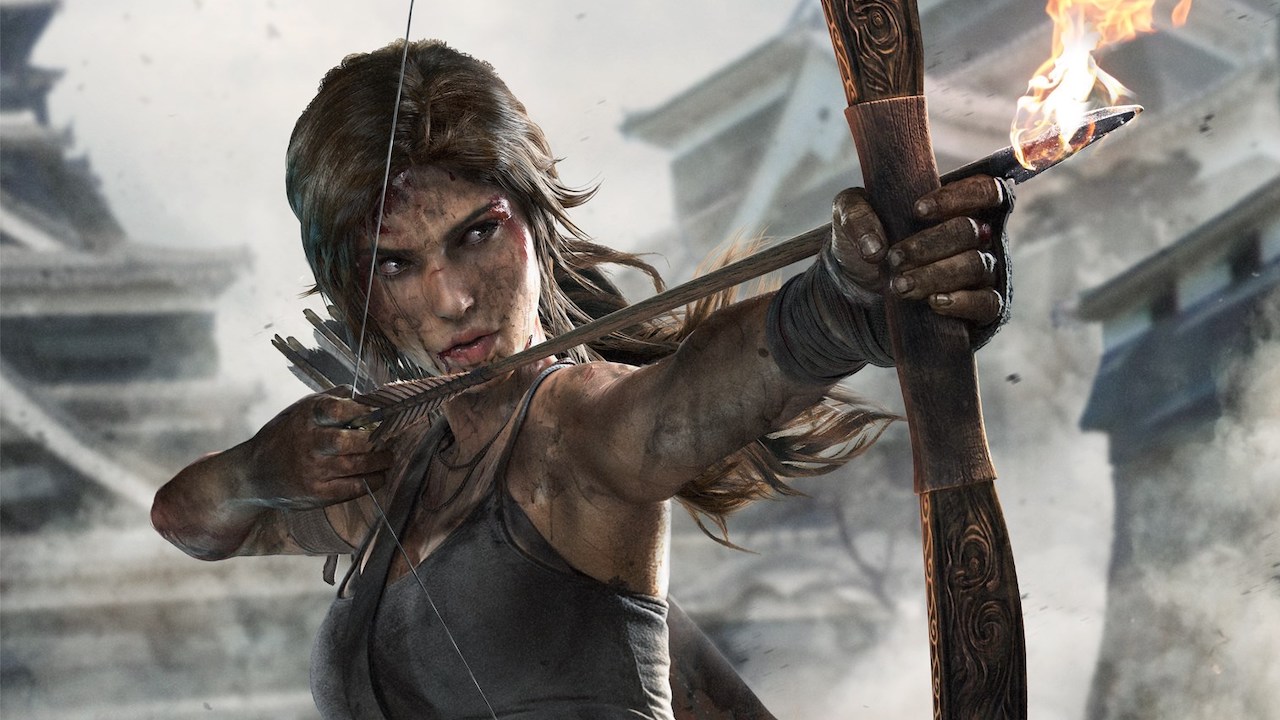
Netflix’s Tomb Raider Is A New Series And It’s Also A Sequel
Tomb Raider: The Legend Of Lara Croft is a brand-new series, so while I certainly had expectations of what the series would be like because it’s a Tomb Raider title, what I was not prepared for was the fact that the series is actually a direct sequel to the most recent trilogy of Tomb Raider of video games.
2013 saw the release of Tomb Raider. The game had no subtitle or other moniker because the game was designed to be a new origin story for Lara Croft. The game would get a pair of sequels in 2015 and 2018. Interestingly, the first scene in the new Netflix series is set prior to the events of these three games. The story then time jumps three years into the future and picks up after the games have concluded.
This is a very interesting and questionable choice, not the least of which because one of the two characters that are introduced in that first scene, the one that isn’t Lara Croft, is dead after the time jump. In most cases, we might expect the series to explore the circumstances of the death throughout the series, perhaps through a series of flashbacks that explain what happened in the missing time. But that doesn’t happen here because it already happened years ago in a video game.
CINEMABLEND NEWSLETTER
Your Daily Blend of Entertainment News
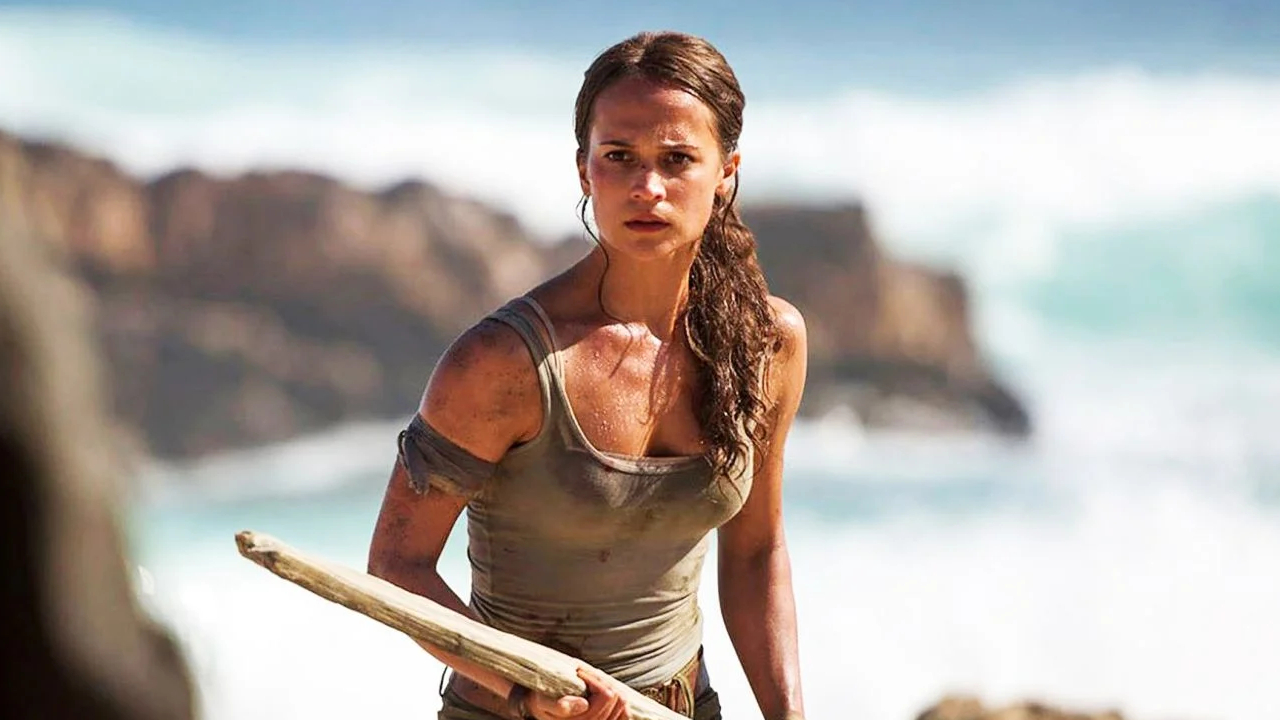
Tomb Raider: The Legend Of Lara Croft Assumes You Played A Video Game A Decade Ago
Technically there are flashbacks in The Legend of Lara Croft that show the death of Roth, Lara’s surrogate father. However, that’s all they do. They show Roth dying, taking a flying ax to the back, and they confirm that Lara was there when it happened. However, the circumstances behind exactly what happened are never directly addressed.
If you played the 2013 Tomb Raider game, which also inspired the 2018 Tomb Raider movie starring Alicia Vikander, you know the story because that’s where you find the details of Roth's death. Lara and her crew, which included Roth, Jonah (who has a significant role in the series) and other characters who appear in the series, ended up shipwrecked on an island inhabited by a strange cult. Lara’s friend Sam gets kidnapped by the group, and Lara attempts to rescue her and find a way off the island. Roth ends up being killed by the cultists.
The method of Roth’s death isn’t strictly necessary to know or understand to follow the plot of Tomb Raider: The Legend of Lara Croft, but the fact that Roth died and that Lara blames herself is a key piece of her characterization. So it’s missing if you have never played the game or simply don’t remember them.
I played that Tomb Raider game; in fact, I’m pretty sure I played it more than once, But the game first came out over a decade ago and it needs to be said I barely remembered that Roth was in those games. Even I could have used some sort of refresher.
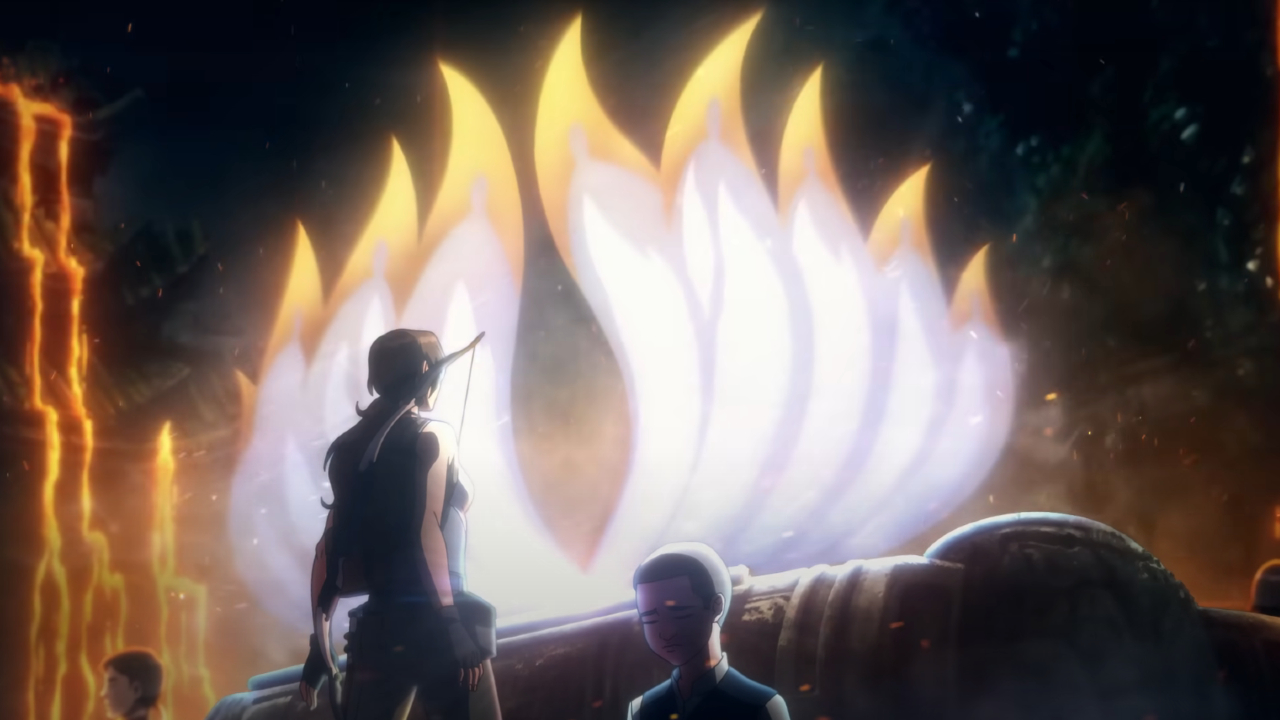
The Legend Of Lara Croft Requires More Work To Enjoy It Properly
As franchises continue to expand at a seemingly exponential rate, the need to consume all elements of a franchise becomes more important, but also more difficult.
It’s one thing if watching one show requires knowledge of other shows. Star Wars' Ahsoka series was essentially a sequel to the Rebels animated series. That meant to get everything out of it, you really needed to watch the other show. Still, at least the other show was available with the same Disney+ subscription you needed to watch Ahsoka in the first place, so doing so wasn’t too much of a hassle if you chose to do it.
But now the “homework” extends across mediums. Tomb Raider: The Legend of Lara Croft doesn’t just follow a video game, an entirely different piece of content that not everybody does, but it assumes you played it and remember all the details about it.
Legend of Lara Croft gives you the information from the games that’s important, but it does so devoid of context. It tells you that the character who died was important to Lara, but simply having that information doesn’t make it so. Lara’s internal conflict is understandable if you played the games, but it doesn’t mean anything if you didn’t and that hampers the show’s ability to tell a meaningful story.
Tomb Raider: The Legend of Lara Croft does one other thing that I’m growing to hate, which is ending its season on a cliffhanger without any guarantee that another season will actually happen. If it does, I can only hope the new season will only require viewers to have seen the previous season. I fear that too many people won’t watch the new Netflix series in its entirety because they also didn’t play the game.
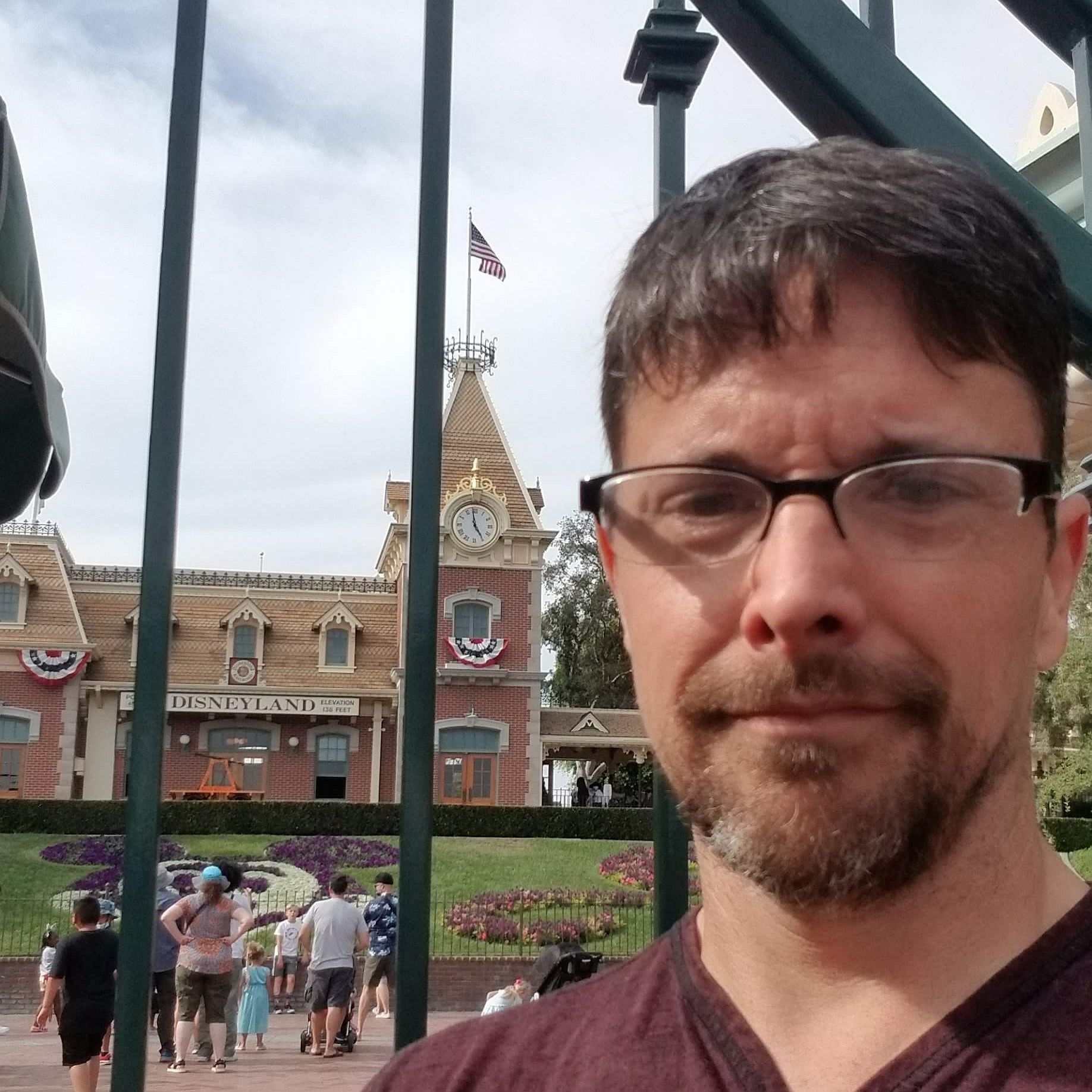
CinemaBlend’s resident theme park junkie and amateur Disney historian, Dirk began writing for CinemaBlend as a freelancer in 2015 before joining the site full-time in 2018. He has previously held positions as a Staff Writer and Games Editor, but has more recently transformed his true passion into his job as the head of the site's Theme Park section. He has previously done freelance work for various gaming and technology sites. Prior to starting his second career as a writer he worked for 12 years in sales for various companies within the consumer electronics industry. He has a degree in political science from the University of California, Davis. Is an armchair Imagineer, Epcot Stan, Future Club 33 Member.
